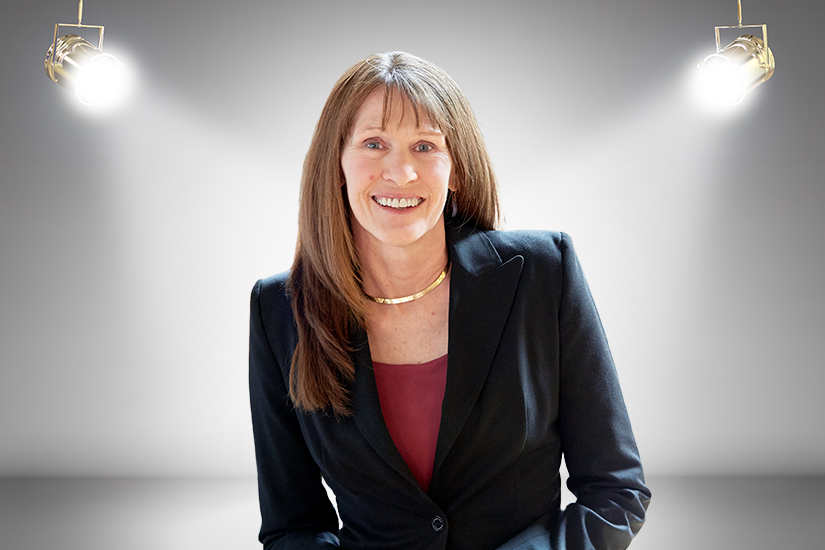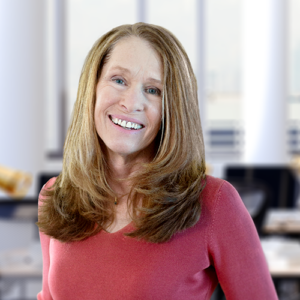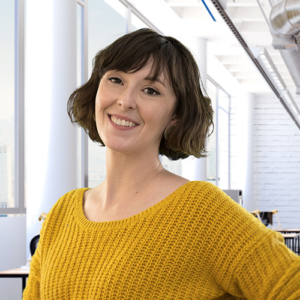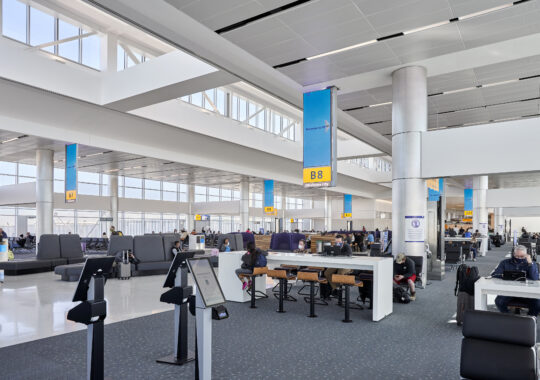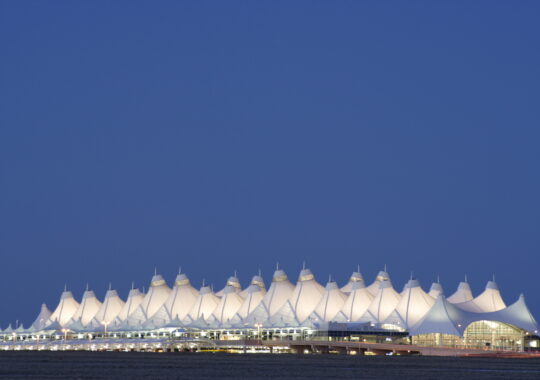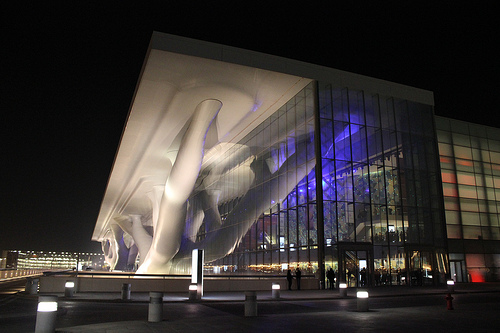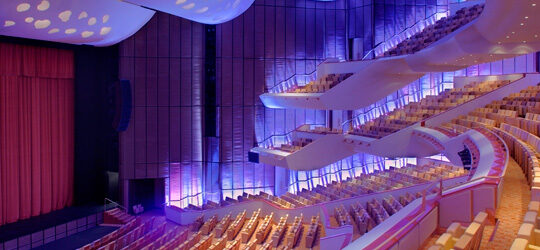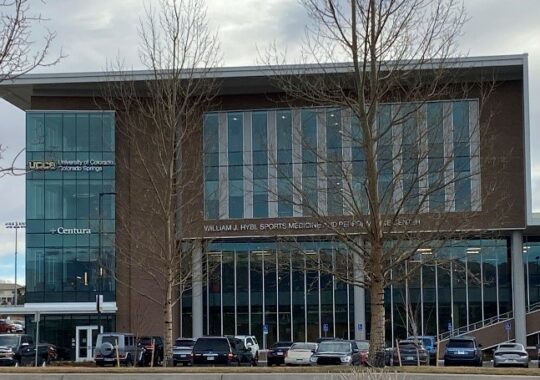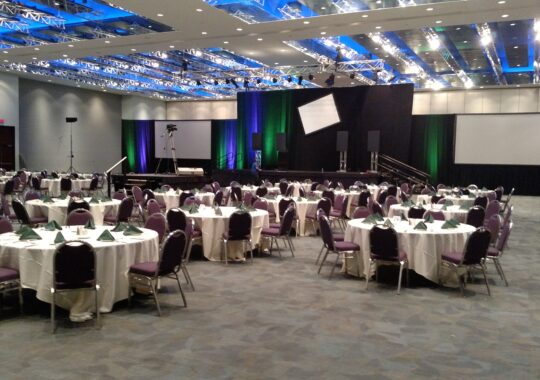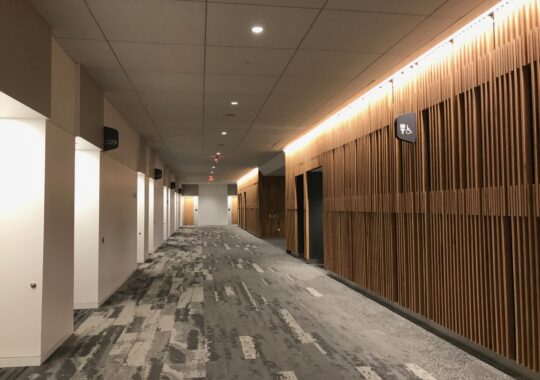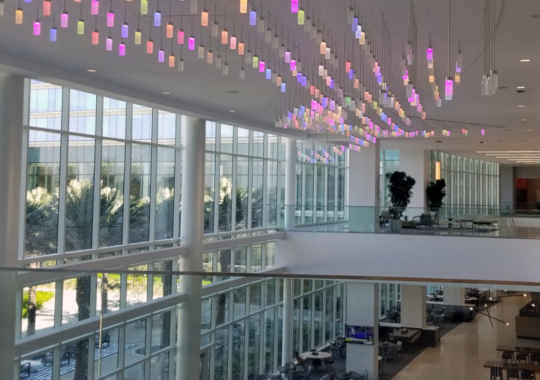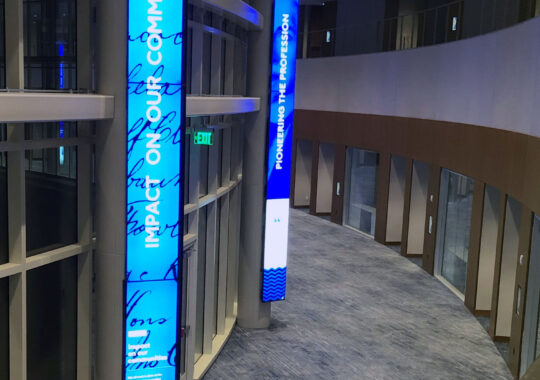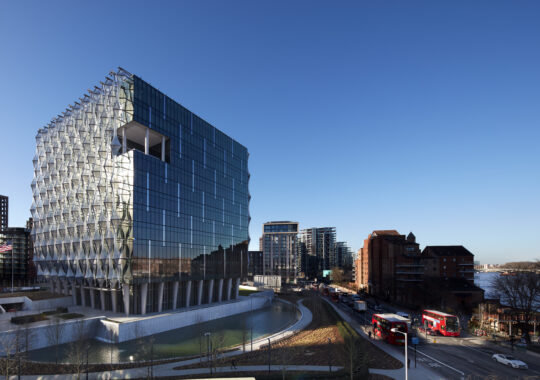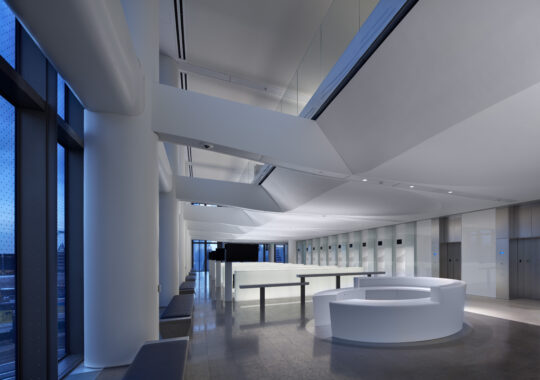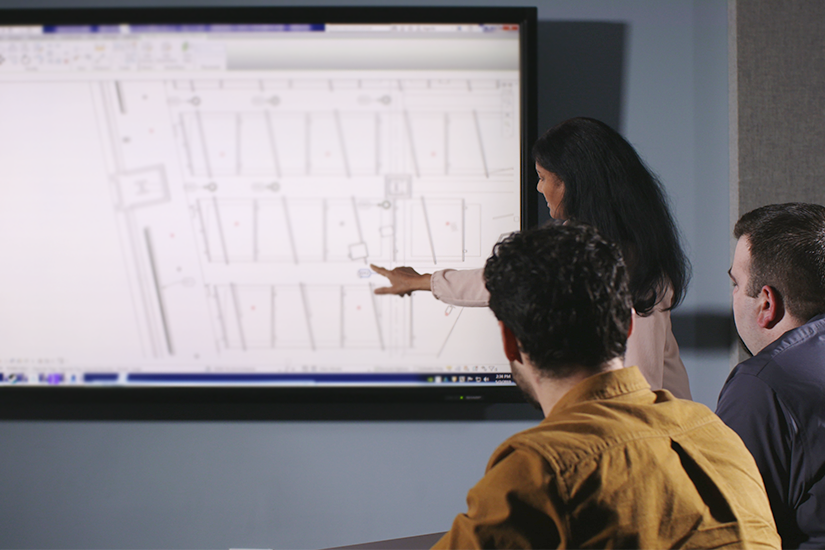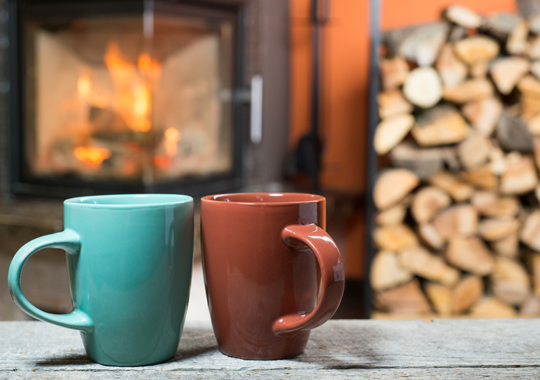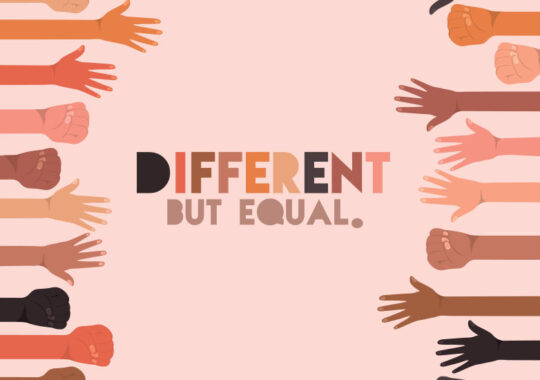SM&W’s senior marketing team recently caught up with Dana Hougland to chat. Dana is a Principal at SM&W, specializing in acoustics and theatrical systems design. Before merging her firm with SM&W, Ms. Hougland was Founder and Principal Consultant at A CODA Acoustics, LLC, and has over 40 years of experience in the AEC industry. Learn more about Dana and her experience:
Can you tell us a little about your background in the AEC world and how you got started?
As many acousticians do, I decided to go into the field of acoustics because of my love for music. However, music as a profession is highly challenging. So, I found myself pursuing physics, for my bachelor’s degree at Wittenburg University. Many of my professors at the time were musicians as well. I then went on to get my master’s in mechanical engineering with acoustics emphasis at the University of Texas. At the time, it was quite hard to focus on architectural acoustics because there was virtually no funding for research of this nature in the United States but plenty of money for underwater, long-range propagation acoustic research for, say, the Navy. Once I graduated, I started working and focusing on architectural acoustics.
What was your first job like out of school?
After school, I had lots of offers to stay in the underwater world, but I decided to work for a small consulting firm in the AEC industry instead because I wanted to switch my focus to architectural acoustics and hopefully design concert halls. Most acoustic firms at the time were not interested in hiring someone that was a woman, particularly with an underwater acoustics background, and I don’t think I understood that when I started to look into jobs and figure out where I wanted to go. Years later, an older colleague told me: “We were all just waiting to see if you would survive,” which speaks volumes to the opportunities available for women in my field.
How have you seen the industry change over the years?
It has evolved in a few ways. First, I think as an industry, we are more diverse than we were 40 years ago. Secondly, I believe there are so many more opportunities for training and education out there for those wanting to get into architectural acoustics. When I was in school, the only two fully dedicated acoustics programs were at Penn State or the University of Texas. Now there are so many more options in this field. These programs are literally boosting our area of expertise and allowing for more diversity and education. People come into acoustics from so many backgrounds now, from engineering and physics to music production, but they all melt together to give us a broadened perspective.
What is one of the challenges to working in acoustics?
So many budget-driven projects don’t always allow for some of our excellent ideas and designs ever to get implemented. Then when we are successful at implementing solutions, it takes years and years ever to see that idea come to fruition. It can be a long wait to validate your efforts and ideas.
What is one of your proudest professional accomplishments?
From an acoustics standpoint, that would have to be the Qatar National Convention Centre. The Qatar National Convention Centre boasts an iconic design by renowned Japanese architect Arata Isozati, the 2019 Pritzker Prize Laureate. The complex houses a 4,000-person conference hall, 52 meeting rooms, and theaters to accommodate 30,000 people. The space 2,300-seat A Mayassa Theatre space and the 500-seat auditorium was my primary focus; both are pretty spectacular and works very well acoustically.
We understand you are a longtime member of the KAWLG organization. Can you tell us a bit more about your involvement there?
KAWLG (The Kick-Ass Women’s Leadership Group) is a local group in Denver that brings women in a position of leadership together from all over the AEC industry. We have architects, engineers, business development professionals, contractors, attorneys, and more represented in this group. We focus on providing introductions, mentoring, and professional development to other women in the industry here locally and raise money for nonprofits like Hope House Colorado.
What do you find most rewarding about being part of KAWLG or a mentor figure in general?
With KAWLG, we spend our energy breaking that barrier of women in leadership positions in our industry. Women make up roughly 10% of the AEC workforce, and only about 1% of those are on the front lines, out on construction sites rather than in the office. So it is lovely to support fellow women professionals, creating a space for continued education and inclusion in an industry that can be intimidating and is overwhelmingly male-dominated.
Is there any advice you would give to a woman starting in the AEC industry?
Don’t be afraid to speak up for yourself and your accomplishments, and never stop being curious. One of the things that have kept me in the AEC world is that I am never working on the same thing every day. I am essentially presented with a new problem almost daily, which can be equal parts intriguing and a challenge. By remaining curious, you are constantly continuing your education and finding solutions to these problems. It can be gratifying to fit your skillset into such a variety of different scenarios on projects.
